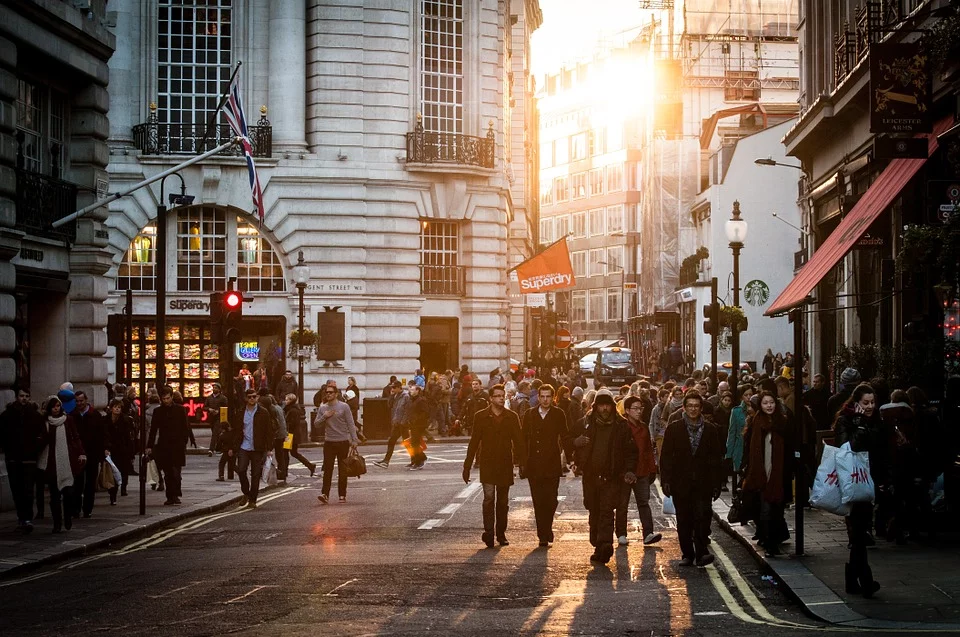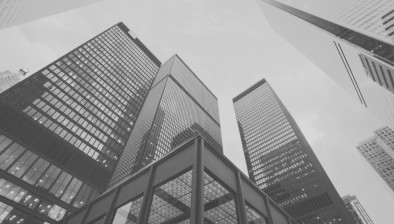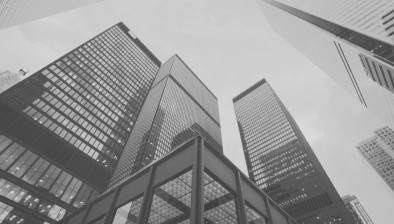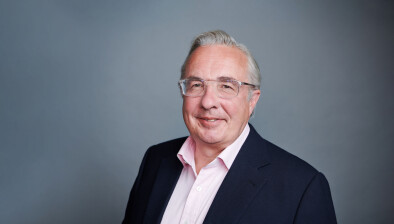End of Eat Out To Help Out scheme prompts inflation rise
Consumer price inflation rose back up to 0.5% in September having fallen to 0.2% in August from 1.0% in July, according to the latest figures from the Office for National Statistics (ONS).

Consumer price inflation was primarily lifted in September by the ending of the ‘Eat Out to Help Out’ scheme, which had been a significant factor in the fall in August. There was also an upward impact from transport prices, largely due to higher air fares.
There were modest downward impacts on inflation in September from furniture, household equipment and maintenance; games, toys and hobbies; and food and non-alcoholic beverages. Core inflation rose back up to 1.3% in September after falling to 0.9% in August from 1.8% in July.
There was evidence of limited price pressures further down the supply chain with producer input prices falling 3.7% year-on-year in September although they were up 1.1% month-on-month.
Meanwhile, producer output prices were down 0.9% year-on-year as they edged down 0.1% month-on-month.
Kevin Brown, savings specialist at Scottish Friendly, commented: “The Eat Out to Help Scheme kept a tight lid on inflation over the summer, but now that it’s gone we expected inflation to begin to bubble back up.
“Households are adapting to a different way of living and this seems to have led to the increase in the price of second hand cars as more drivers choose to shun public transport. There is no surprise that petrol prices also rose in September as people decided to move around on their own instead of travelling by train or bus.
“Large parts of the country are now braced for tighter coronavirus restrictions in the coming months and this could prevent inflation from reaching close to the Bank of England’s 2.0% target. We saw a big rise in UK savings levels in Q2 when spending opportunities were heavily restricted and it’s likely that many households will prioritise saving over spending during the remainder of the year.
“The challenge will not necessarily be the act of saving but where to save. Interest rates are hovering just above zero and are unlikely to rise anytime soon, which means people will have to make some important decisions. Do they need ready-access to all their savings or would they be better off exploring other options for some of their money, which might offer the potential for above-inflation returns?”
Economic forecaster, the EY ITEM Club, expects consumer price inflation to hover around 0.5% for the rest of 2020 and into early-2021 before starting to trend up gradually.
Howard Archer, chief economic advisor to the EY ITEM Club, said: “The EY ITEM Club expects inflation to start rising from the second quarter of 2021 as the temporary VAT cut ends at the end of March. Unfavourable base effects resulting from the fall in oil prices in the early months of 2020 will also have an upward effect on inflation in the early months of 2021. An expected gradual firming of the recovery after early-2021 will also likely have some upward effect on inflation, but it is unlikely to rise quickly and could be around 2.0% by the end of 2021.
“There was evidence of current limited price pressures further down the supply chain in September with producer input prices falling 3.7% year-on-year in September although they were up 1.1% month-on-month. Meanwhile, producer output prices were down 0.9% year-on-year as they edged down 0.1% month-on-month.”








